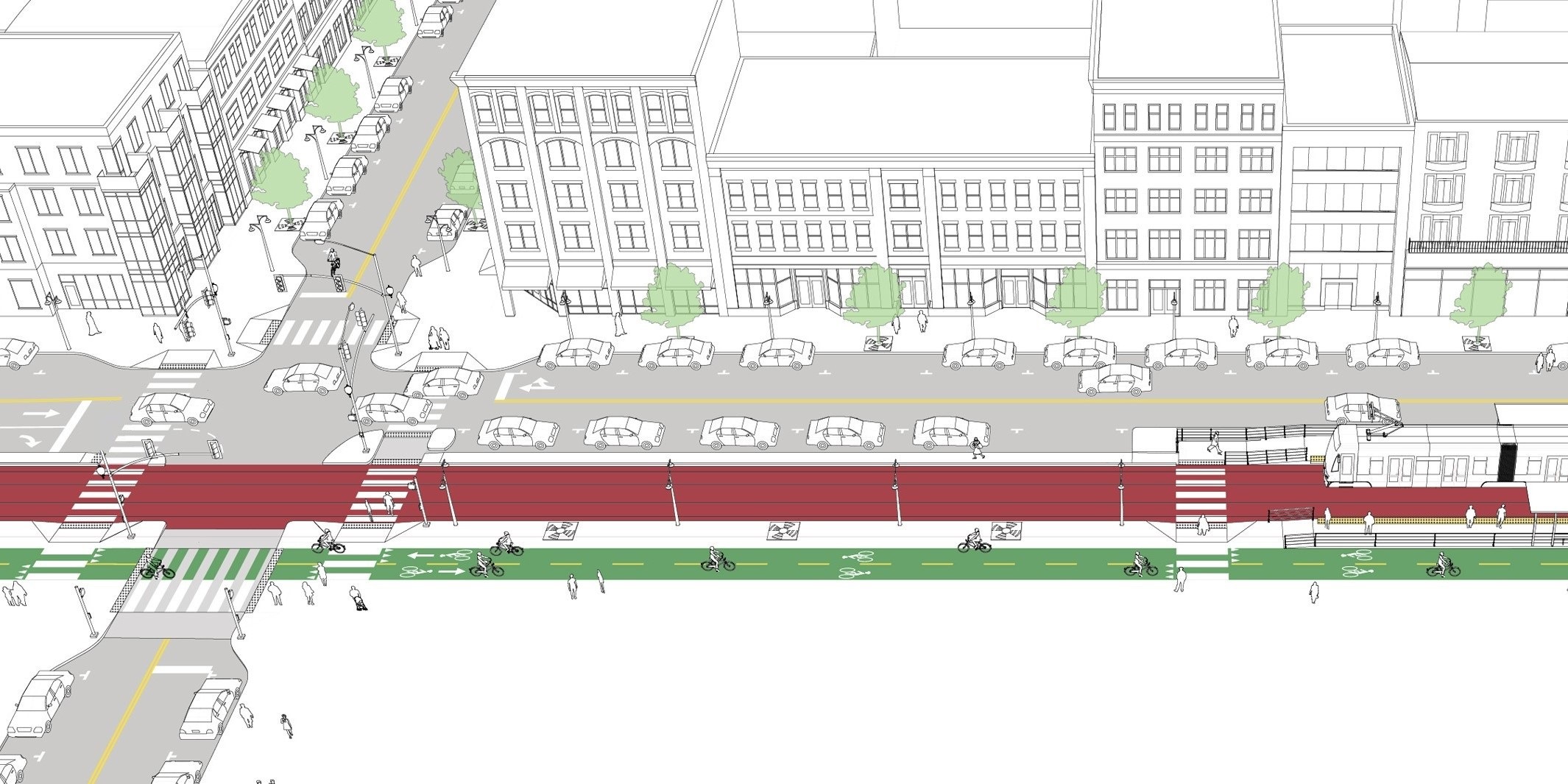
Streets Vision
GDT > White Papers > Streets Vision
Our Dangerous and Congested Streets
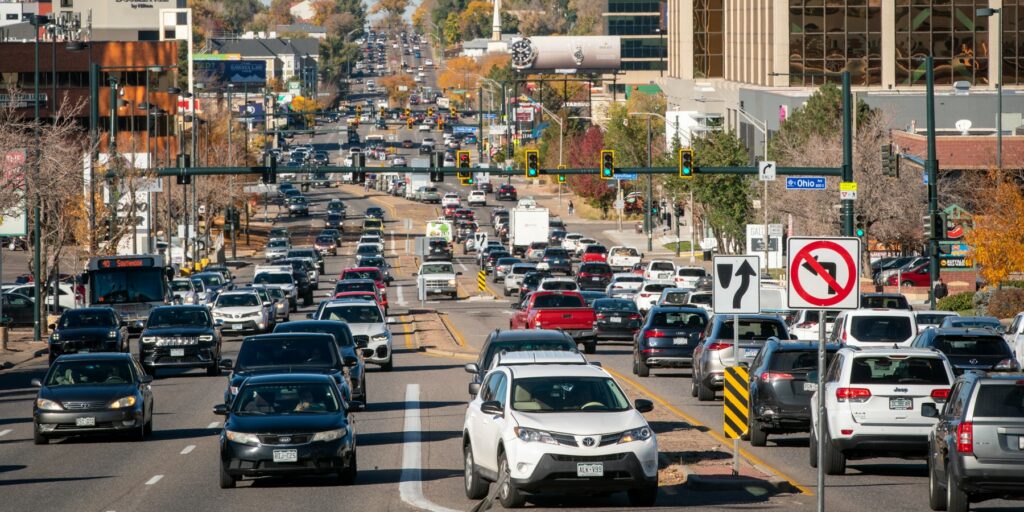
In 2017 the City of Denver made a ‘Vision Zero’ commitment to eliminate all traffic-related deaths and serious injuries on Denver’s roadways by 2030. Despite multiple plans and studies on the subject, traffic deaths remain stubbornly high, with 84 people being killed in 2021 and 82 losing their lives in 2022. Denver’s High Injury Network (HIN) consists of just 5% of the city’s streets, but accounts for nearly 50% of all traffic deaths.
It is clear that in order to achieve to ‘Vision Zero’, plus associated targets relating to congestion and greenhouse gas (GHG) emissions, bold ideas about how our streets are configured are needed. Long held car-centric policies relating to ‘level of service’ for vehicle traffic and parking provision will need to be drastically de-prioritized. In their place, new policies and designs, which will truly look after all users of the streets will need to be robustly introduced.
Greater Denver Transit has studied numerous street configurations detailed on the National Association of City Transportation Officials (NACTO) website and has concluded that only one design truly makes sense – the side transitway. We support introducing this configuration on Denver’s High Injury Network alongside investments in transit, biking and pedestrian facilities.
Side Transitways
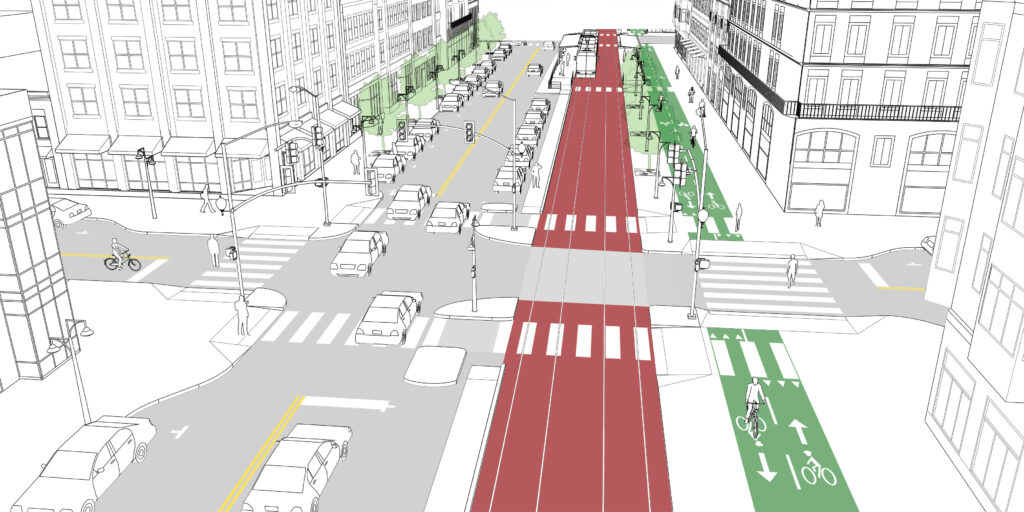
Also known as ‘parallel transitways’ or ‘edgefront transit streets’, side transitways place the transitway, which can be either light rail, streetcar, trolleybus or bus rapid transit (BRT), off to the side of the vehicle travel lanes in a completely segregated right-of-way. In Denver, short sections of this configuration can already be found on Colfax Avenue by the Auraria Campus and along Welton Street in Five Points.
Side transitways offer:
- A two-way segregated and straight-line transit alignment suitable for light rail, streetcar, trolleybus or bus rapid transit (BRT).
- Reduced conflicts between vehicles, transit vehicles, cyclists and pedestrians.
- A two-way bikeway shielded from vehicle traffic.
- The ability for the transitway to utilize extra space at the side of the street where available.
- A pleasant waiting experience for transit at locations not completely surrounded by vehicle traffic.
- Parking and loading on both sides of the street.
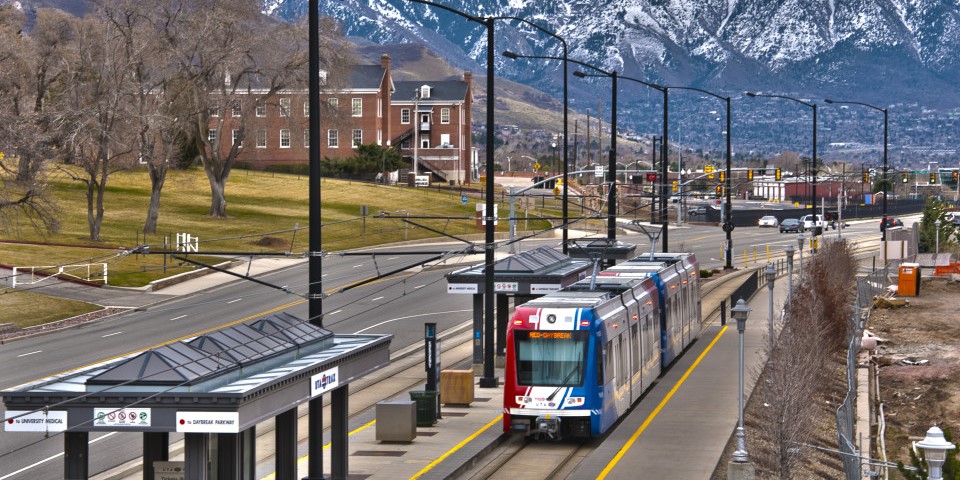
With sufficient turn management, side transitways can also succeed on a typical street grid. Dedicated lanes and traffic signal phases would have to be provided for vehicle left and right turns across the transitway. Right turns on red across the transitway would be prohibited.
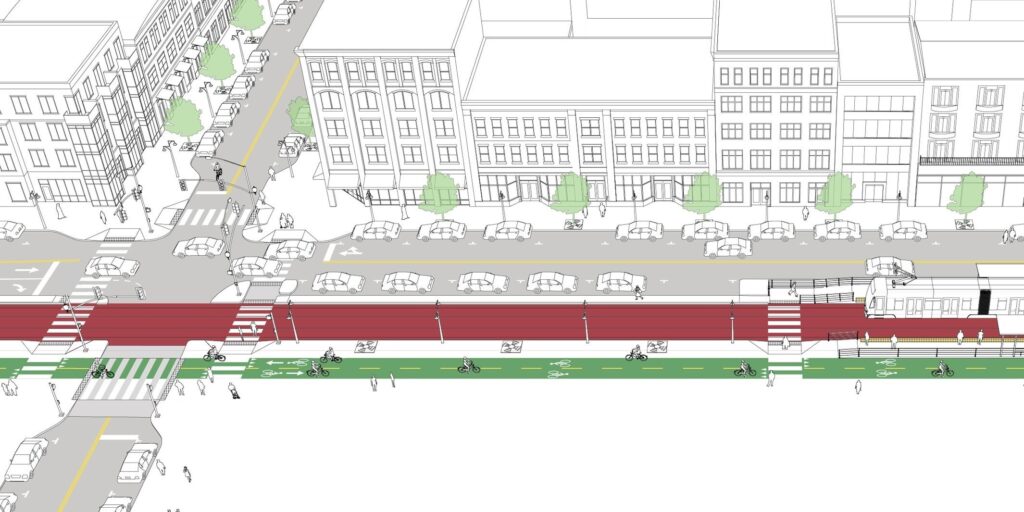
More information on side transitways can be found on the National Association of City Transportation Officials (NACTO) website here.
Our View…
Greater Denver Transit is recommends side transitways as the primary solution to reconfiguring our city’s most dangerous and car-centric streets for the following reasons:
– Side transitways are the only configuration that provides all users of the street a premium experience.
– Reduced conflicts, including the elimination of all those in the same direction, lead to fewer collisions and therefore enable ‘Vision Zero’ goals to be met.
– The ability for transit facilities to be more integrated into the streetscape at the side rather than ‘marooned’ in the center.
– We urge CDOT and DOTI to evaluate this solution for all future transit and streetscape projects.